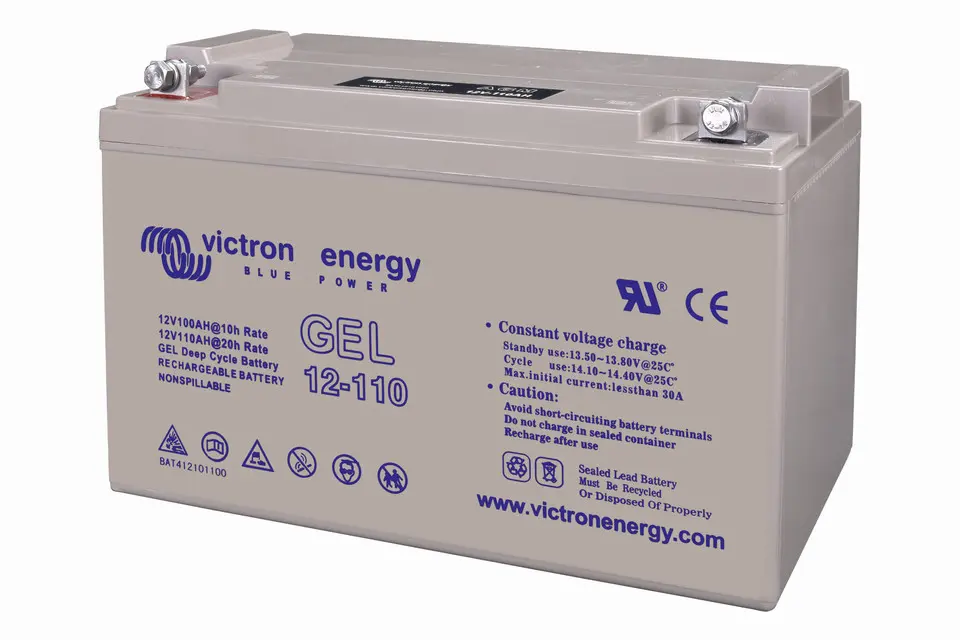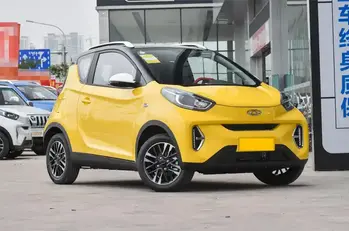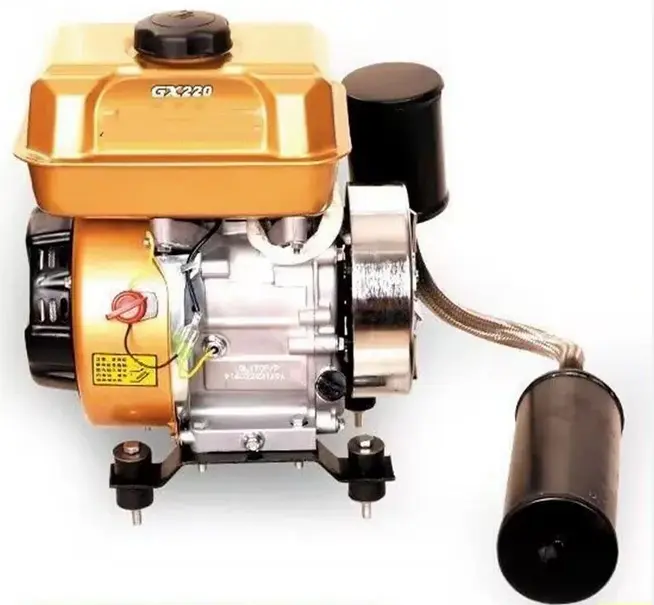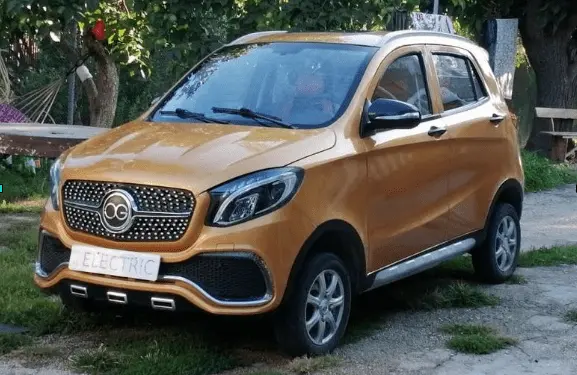
The Evolution of Affordable Electric Car Batteries
Affordable electric cars have come a long way in recent years, and a significant part of their evolution lies in the development of their batteries. While gel-type batteries were once prevalent in the electric car market, we are now witnessing a shift towards ternary lithium ion batteries, bringing with them a host of improvements and advantages. In this blog post, we’ll explore the latest changes in affordable electric car batteries, specifically those priced under $10,000 USD.

The Transition from Gel Batteries to Ternary Lithium Ion Batteries and Lithium iron batteries
Whilst they can be built to look the same, do not be confused by the terminology
Lithium ION batteries, and Lithium IRON batteries are not the same thing.
Many Lithium Iron batteries come in a similar build to the well-known normal car battery, whilst Lithium ION batteries always come in a metal casing’
For years, gel-type batteries were the go-to choice for affordable electric cars. These batteries, often lead-acid or sealed gel lead-acid, served as a reliable source of power. However, they had their limitations, including lower energy density, heavier weight, and a shorter lifespan compared to newer battery technologies.
Many affordable EV manufacturers are advertising their cars with either lithium iron batteries or lithium ion batteries. How to replace electric car batteries
Lithium iron batteries have gained significant attention for their inherent safety features. While lithium-ion batteries have been a staple in the world of portable electronics and electric vehicles (EVs), they come with some safety concerns, including thermal runaway and fire risks. Enter lithium iron batteries, also known as LiFePO4 batteries, which are changing the game when it comes to energy storage safety. In this post, we’ll explore the unique characteristics of lithium iron batteries and how they prioritize safety.
Understanding Lithium Iron Batteries
Lithium iron batteries are a type of lithium-ion battery, but with a distinct chemistry. The key difference lies in the cathode material. While traditional lithium-ion batteries typically use cathodes made of lithium cobalt oxide (LiCoO2), lithium iron batteries employ lithium iron phosphate (LiFePO4) as their cathode material.
Inherent Safety Advantages of Lithium Iron Batteries
- Thermal Stability: One of the most significant advantages of lithium iron batteries is their superior thermal stability. They are much less prone to overheating and thermal runaway compared to traditional lithium-ion batteries. This makes them exceptionally safe, even in extreme conditions or during abusive use.
- Reduced Risk of Fire: Lithium iron batteries are known for their low flammability, thanks to the chemical properties of the LiFePO4 cathode material. This reduced fire risk is a critical safety feature, especially in applications where safety is paramount, such as EVs and renewable energy storage systems.
- Long Cycle Life: Lithium iron batteries tend to have a longer cycle life compared to other lithium-ion chemistries. This means they can withstand more charge-discharge cycles over their lifetime, contributing to their reliability and safety in long-term applications.
- Less Sensitive to High Temperatures: Lithium iron batteries are less sensitive to high operating temperatures. They can tolerate a wider range of temperature variations without compromising safety or performance. This characteristic is especially valuable in regions with extreme weather conditions.
- Enhanced Chemical Stability: The LiFePO4 chemistry is highly stable, even in the presence of overcharging or deep discharging. This stability reduces the risk of battery failure due to chemical breakdown, further enhancing safety.
- Lower Environmental Impact: Lithium iron batteries are considered more environmentally friendly due to the reduced use of cobalt, a material associated with ethical and environmental concerns. This aligns with the growing demand for sustainable and eco-conscious battery technologies.
Applications of Lithium Iron Batteries
Lithium iron batteries are widely used in various applications, including:
- Electric Vehicles (EVs)
- Renewable Energy Storage Systems
- Uninterruptible Power Supplies (UPS)
- Portable Power Banks
- Solar Power Storage
- Off-Grid Power Solutions
Lithium iron batteries, with their inherent safety features, are making significant strides in various industries. Their thermal stability, reduced risk of fire, long cycle life, and chemical stability make them a preferred choice for applications where safety is paramount. As technology continues to advance, lithium iron batteries will play a crucial role in powering our electric future, ensuring that we can harness the benefits of energy storage without compromising on safety.
Enter lithium ion batteries.

These advanced battery systems are changing the game for affordable electric cars. Here’s how:
1. Enhanced Energy Density: Ternary lithium ion batteries offer significantly higher energy density compared to gel batteries. This means more energy can be stored in the same amount of space, resulting in increased driving ranges and overall efficiency. Affordable electric cars equipped with ternary lithium iron batteries can now compete with their more expensive counterparts in terms of mileage per charge.
2. Reduced Weight: One of the challenges with gel batteries was their weight. Ternary lithium ion batteries are lighter, making affordable electric cars more agile and easier to handle. This weight reduction contributes to improved overall performance and handling.
3. Longer Lifespan: Ternary lithium ion batteries tend to have a longer lifespan than gel batteries. This is a significant benefit for budget-conscious consumers, as it reduces the long-term cost of ownership. Fewer battery replacements mean more savings in the long run.
4. Faster Charging: With advancements in battery technology, ternary lithium iron batteries can often be charged faster than gel batteries. This reduces the time spent waiting for your electric car to recharge, making it more convenient for everyday use.
5. Improved Safety: Ternary lithium iron batteries typically have better safety features compared to gel batteries. They are less prone to overheating and have enhanced thermal management systems, reducing the risk of fires or accidents.
6. Sustainable Materials: Many ternary lithium ion batteries are designed with sustainability in mind. They use materials that are less harmful to the environment and can be recycled more efficiently, aligning with the eco-friendly ethos of electric vehicles.
Affordable Electric Cars Embracing the Change

Several affordable EV models are now embracing ternary lithium ion batteries as their power source. Brands like BYD, Wuling, and Changan are leading the charge in this transition. These manufacturers are recognizing the importance of offering budget-friendly electric vehicles with batteries that deliver better performance, longer life, and greater convenience.
As the technology continues to advance, we can expect even more affordable electric cars to make the switch to lithium iron batteries. This shift will undoubtedly make electric vehicles even more accessible and appealing to a wider range of consumers, ultimately contributing to a greener and more sustainable future for transportation
The move from gel-type batteries to lithium iron batteries represents a significant leap forward for affordable EVs. These batteries offer improved energy density, reduced weight, longer lifespans, faster charging, enhanced safety, and a more sustainable approach. With these advancements, affordable EVs are poised to disrupt the automotive market and play a vital role in the transition to a cleaner, more eco-conscious transportation system.








